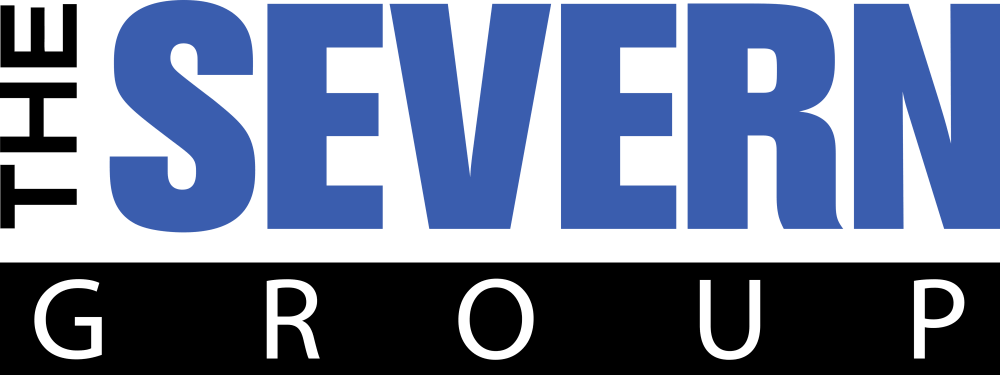How to Keep Utility Bills Down When the Sunshine Comes Out
Sunny days, especially during the hot summer months, can cause your building’s HVAC system to work overtime. What can you do to keep your utility bills down when temperatures rise?
Commercial buildings of all types are some of the largest consumers of energy in the United States. According to the Department of Energy, commercial buildings account for 40% of the nation’s total energy use – and a whopping 76% of the country’s electricity use. Commercial HVAC systems account for more than a third (35%) of this total energy use.
Fortunately, energy usage in commercial buildings doesn’t have to remain this high. The DOE estimates that simple methods for improving efficiency could reduce this energy use by 20%-35% by 2030. Improving energy efficiency not only helps the environment but will also result in lower energy bills for you.
5 Effective Ways to Save on Energy Bills
There are several things you can do to reduce energy use in your facilities. Here are five that will result in commercial energy savings for your HVAC systems.
1. Perform Regular Maintenance
Keeping your commercial HVAC system in tip-top shape goes a long way toward ensuring its peak energy efficiency. This means cleaning your evaporator coils, changing air filters, and cleaning air ducts to remove any blockages in your system and keep your equipment working efficiently. This type of regular maintenance can reduce your HVAC energy usage by 25%-40% per month.
2. Improve Insulation
The better insulated your building, the easier it will be to cool. The easiest way to improve your building’s insulation is to add layers of insulation around your ductwork, HVAC equipment, and electrical outlets. Installing more energy-efficient windows will also help. The goal is to reduce cooling loss so the building requires less energy to keep cool.
3. Move to Energy-Efficient Lighting
Lighting is a large part of your facilities’ energy usage and the types of lighting employed can dramatically affect your utility bills. One of the easiest ways to cut back on your energy usage is to switch to LED lighting throughout your buildings. These lights not only consume less than 40% of the energy of comparable fluorescent lights, they also generate less heat. This helps to keep your buildings cooler on hot summer days – and reduce your HVAC energy usage.
4. Employ Smart Technology
So-called “smart” technology is changing the way facilities are managed. The use of sensors and other devices provide detailed real-time data about energy usage and enable smart systems to automatically adjust heating, cooling, and lighting accordingly. Smart systems turn off lighting when people leave a room, automatically open and close blinds depending on usage and outside weather conditions, and control HVAC systems on a room-by-room basis. These systems are totally autonomous and will save you money without you lifting a finger.
5. Evaluate Your Building Design
Finally, take the time to evaluate the design of your building. Adding more natural lighting reduces the need for energy-consuming artificial lighting, at least during daylight hours. Installing trees and other landscaping can provide more shade to keep those areas of your building cooler. Light-blocking blinds can also reduce the heating effects of direct sunlight. Moving to more energy-efficient windows and doors can dramatically affect energy loss.
The goal is to rethink all elements inside and outside your facilities to keep the building cooler during the summer months. This will reduce your energy usage and your utility bills.
Let the Severn Group Help You Maintain Your HVAC System
When you want to reduce your building’s utility bills, turn to The Severn Group. We’ve been helping companies in the Maryland and Washington, D.C., metro areas improve the efficiency of their HVAC systems since 2002. Our experienced technicians will evaluate your system and recommend the most effective ways to improve your building’s energy efficiency. Contact us today to learn more. Contact us today to learn more about reducing your facility’s utility bills.
